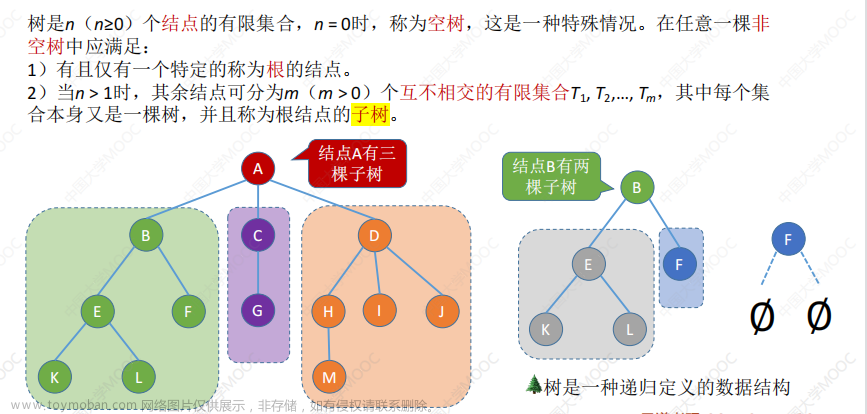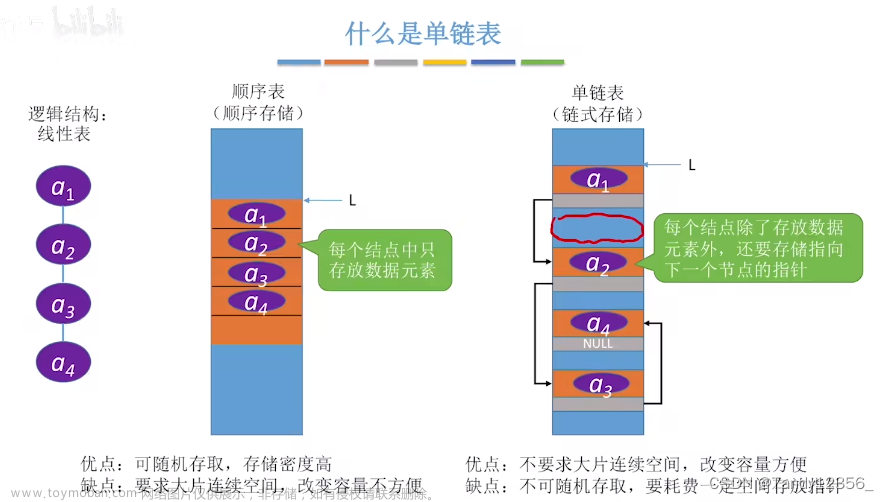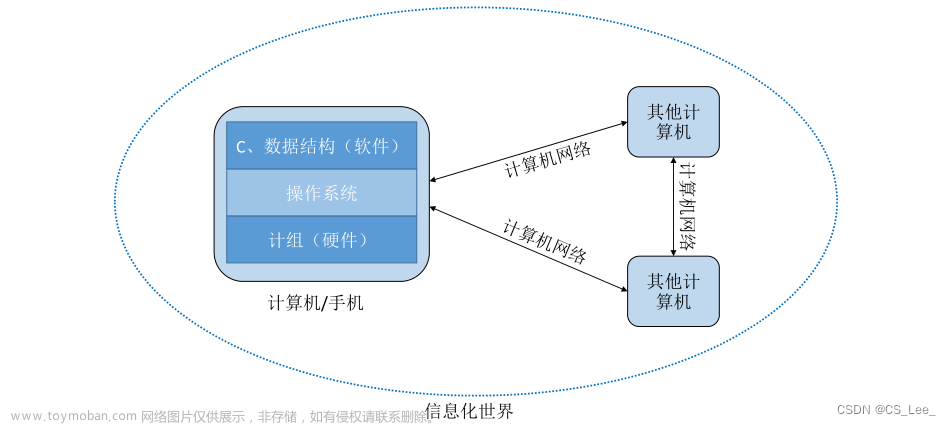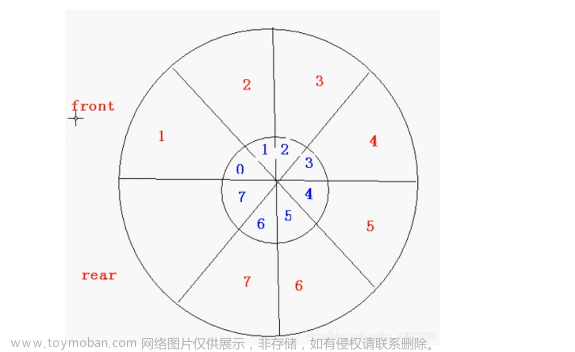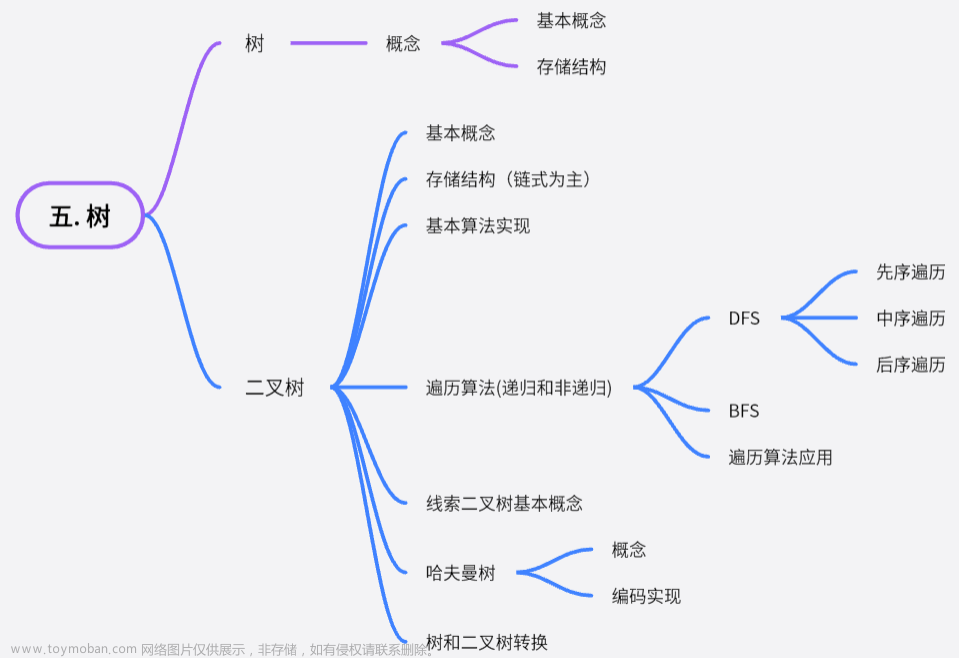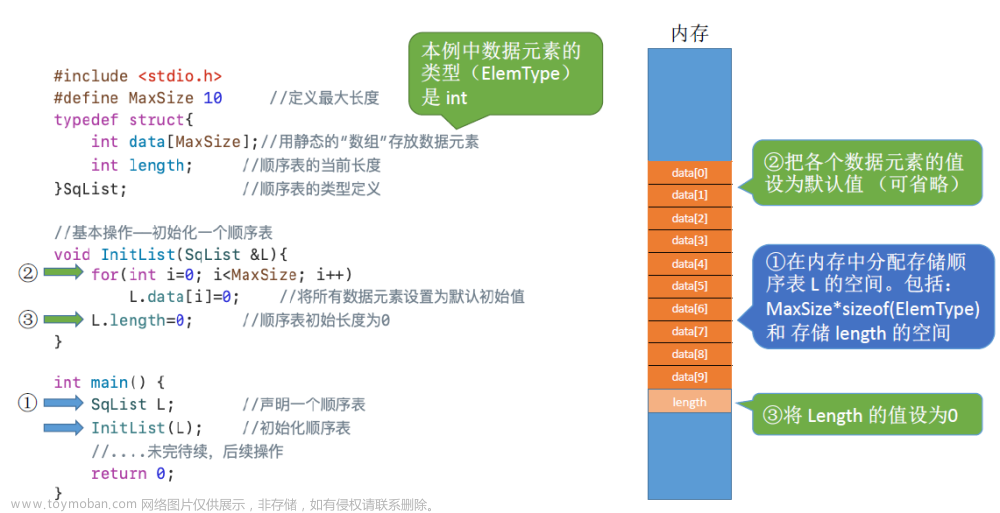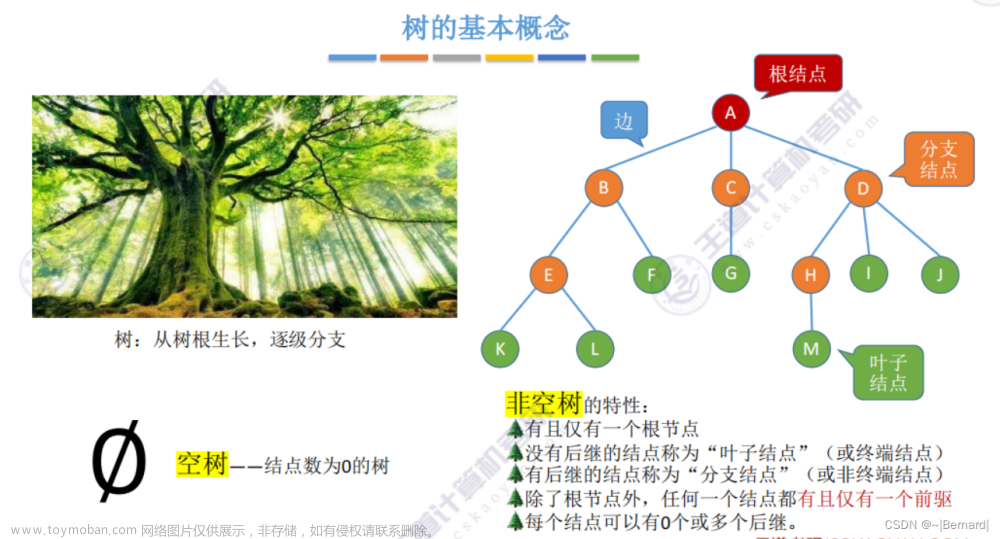3.1 栈

int symmetry(linklist L,int n){
char s[n/2];
lnode *p=L->next;
int i;
for(i=0;i<n/2;i++){
s[i]=p->data;
p=p->next;
}
i--;
if(n%2==1) p=p->next;
while(p&&s[i]==p->data){
i--;
p=p->next;
}
if(i==-1) return 1;
else return 0;
}

typedef struct {
int stack[Max];
int top[2];
}stk;
stk s;
int push(int i, int x){
if(i<0||i>1){
cout<<"no stack"<<endl;
return -1;}
if(s.top[1]-s.top[0]==1){
cout<<"full stack"<<endl;
return -1;
}
switch (i)
{
case 0:
s.stack[++s.top[0]]=x;
return 1;
break;
case 1:
s.stack[++s.top[1]]=x;
return 1;
break;
}
}
int pop(int i){
if(i<0||i>1){
cout<<"no stack"<<endl;
return -1;}
switch (i)
{
case 0:
if(s.top[0]==-1){
cout<<"empty stack"<<endl;
return -1;
}else{
return s.stack[s.top[0]--];
}
break;
case 1:
if(s.top[0]==Max){
cout<<"empty stack"<<endl;
return -1;
}else{
return s.stack[s.top[1]--];
}
break;
}
}
3.2 队列

#define Maxsize 10
typedef struct{
int data[Maxsize];
int rear,front,tag;
}SqQueue;
int EnQueue(SqQueue &Q, int x){
if(Q.front==Q.rear&&Q.tag==1) return 0; //队列满了
Q.data[Q.rear]=x;
Q.rear=(Q.rear+1)%Maxsize;
Q.tag=1;
return 1;
}
int DeQueue(SqQueue &Q, int x){
if(Q.front==Q.rear&&Q.tag==0) return 0; //队空
x=Q.data[Q.front];
Q.front=(Q.front+1)%Maxsize;
Q.tag=0;
return 1;
}

伪代码
void inverse(stack &s, queue &q){
while(!queueempty(q)){
x=dequeue(q);
push(s,x);
}
while(!stackempty(s)){
pop(s,x);
enqueue(q,x);
}
}

int enqueue(stack &s1, stack &s2, int e){
if(!(stackoverflow(s1))){
push(s1,e);
return 1;
}
if(stackoverflow(s1)&&!(stackempty(s2))){
cout<<" stack is overflow. "<<endl;
return 0;
}
if(stackoverflow(s1)&&stackempty(s2)){
while(!(stackempty(s1))){
pop(s1,x);
push(s2,x);
}
}
push(s1,e);
return 1;
}
void dequeue(stack &s1,stack &s2, int &x){
if(!stackempty(s2)){
pop(s2,x);
}
else if(stackempty(s1)){
cout<<" stack is empty"<<endl;
}
else{
while(!stackempty(s1)){
pop(s1,x);
push(s2,x);
}
pop(s2,x);
}
}
int queueempty(stack s1,stack s2){
if(stackempty(s1)&&stackempty(s2)){
return 1;
}else return 0;
}

3.3 栈和队列的应用

#include <iostream>
#include <stack>
using namespace std;
bool check(char str[]){
stack <char> sck;
int i=0;
char temp;
while(str[i]!='\0'){
if(str[i]=='('||str[i]=='{'||str[i]=='[') {
sck.push(str[i]);
break;
}
else if(str[i]==']'){
temp = sck.top();
sck.pop();
if(temp!='[') return false;
}
else if(str[i]==')'){
temp = sck.top();
sck.pop();
if(temp!='(') return false;
}
else if(str[i]=='}'){
temp = sck.top();
sck.pop();
if(temp!='{') return false;
}
}
if(sck.empty()) return true;
return false;
}
int main(){
char *str=(char*)"()[](}{}()";
cout<<str<<endl;
if(!check(str)) cout<<"no !!"<<endl;
else cout<<"yes!!1"<<endl;
return 0;
}

#include <iostream>
#include <stack>
using namespace std;
void train_arrange(char *train){
stack <char> sck;
char *p=train,*q=train,t;
while(*p){
if(*p=='H') {
sck.push(*p);
}else{
*(q++)=*p;
}
p++;
}
while (!sck.empty())
{
t = sck.top();
sck.pop();
*(q++)=t;
}
}
int main()
{
char str[11]="HSHSHHHSHS";
train_arrange(str);
cout<<str<<endl;
return 0;
} // namespace std;

 文章来源:https://www.toymoban.com/news/detail-644413.html
文章来源:https://www.toymoban.com/news/detail-644413.html
#include <iostream>
#define maxsize 100
using namespace std;
double p(int n, double x){
struct stack{
int no;
double val;
}st[maxsize];
int top=-1,i;
double fv1=1,fv2=2*x;
for(i=n;i>=2;i--){
top++;
st[top].no=i;
}
while(top>0){
st[top].val=2*x*fv2-2*(st[top].no-1)*fv1;
fv1=fv2;
fv2=st[top].val;
top--;
}
if(n==0){
return fv1;
}
return fv2;
}
int main(){
double ans1=p(1,1.9);
cout<<ans1<<endl;
}
 文章来源地址https://www.toymoban.com/news/detail-644413.html
文章来源地址https://www.toymoban.com/news/detail-644413.html
到了这里,关于【考研复习】24王道数据结构课后习题代码|第3章栈与队列的文章就介绍完了。如果您还想了解更多内容,请在右上角搜索TOY模板网以前的文章或继续浏览下面的相关文章,希望大家以后多多支持TOY模板网!

